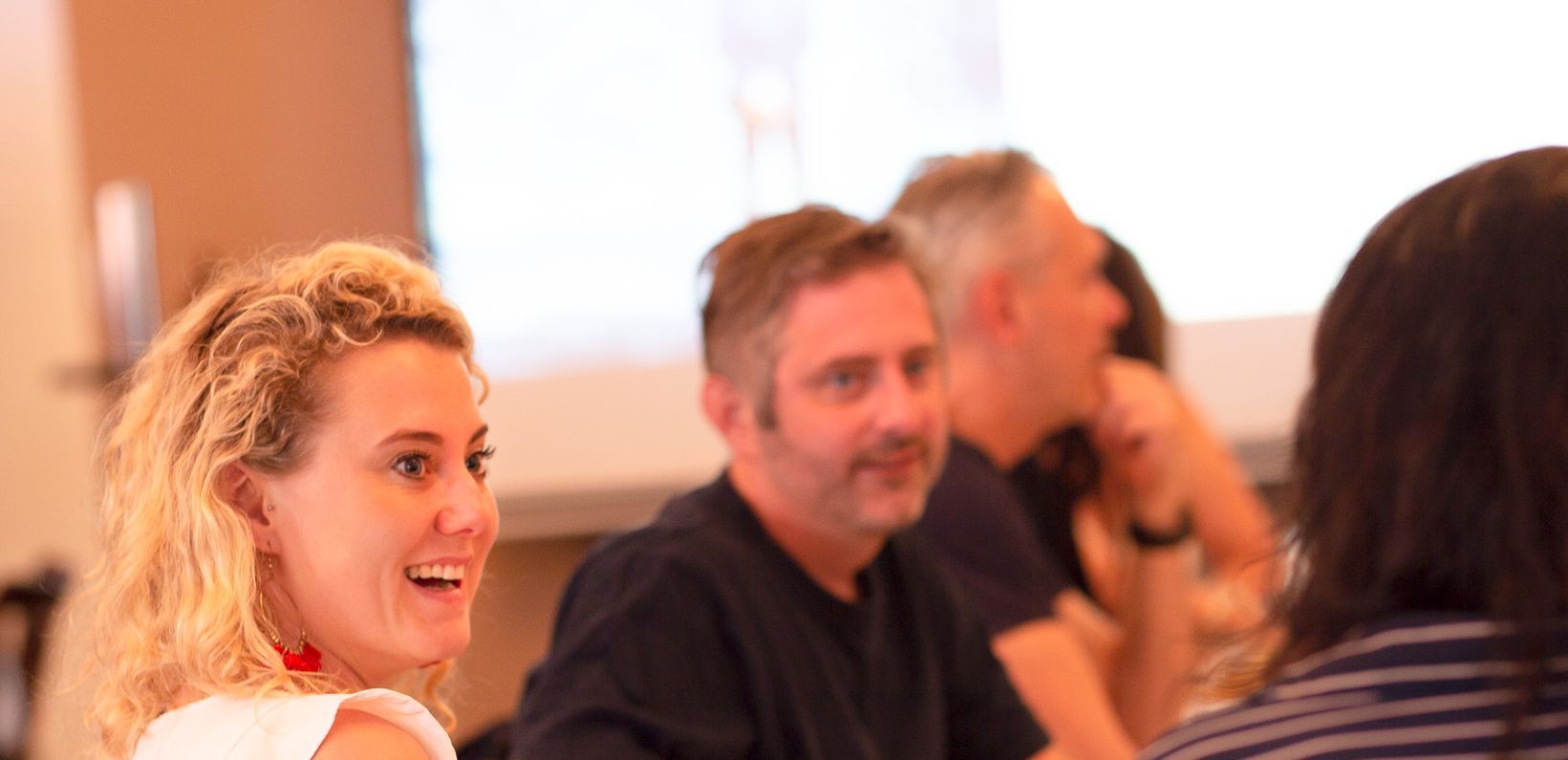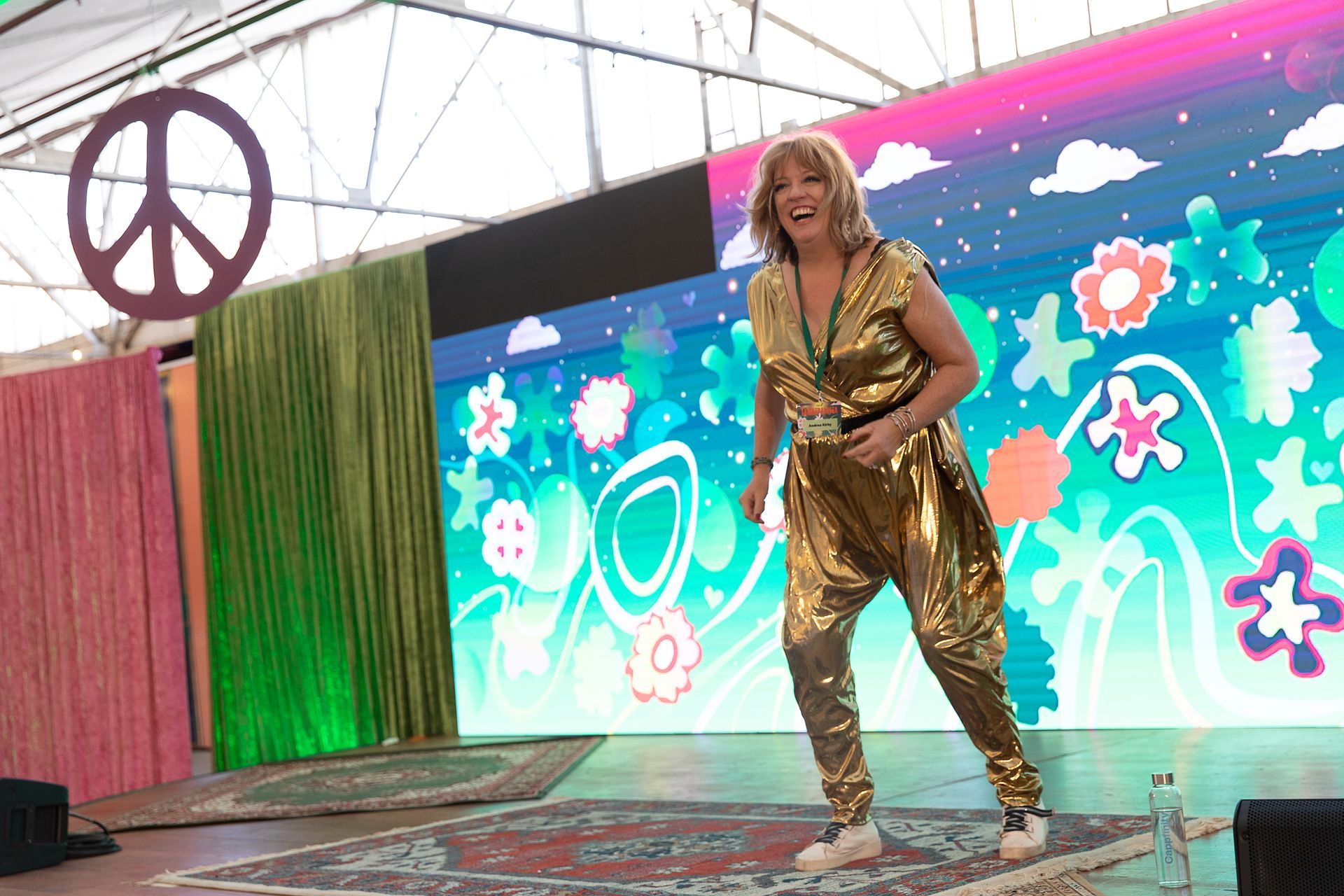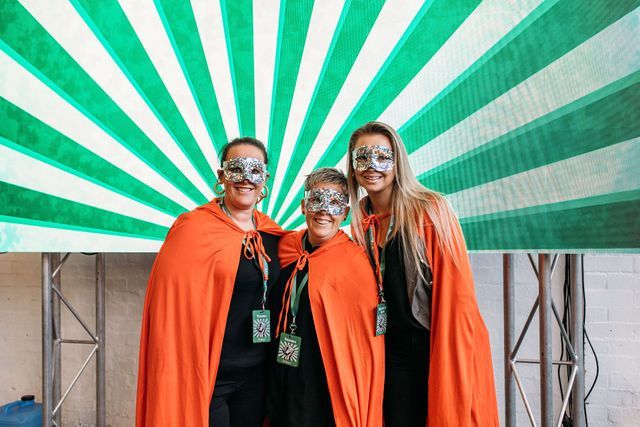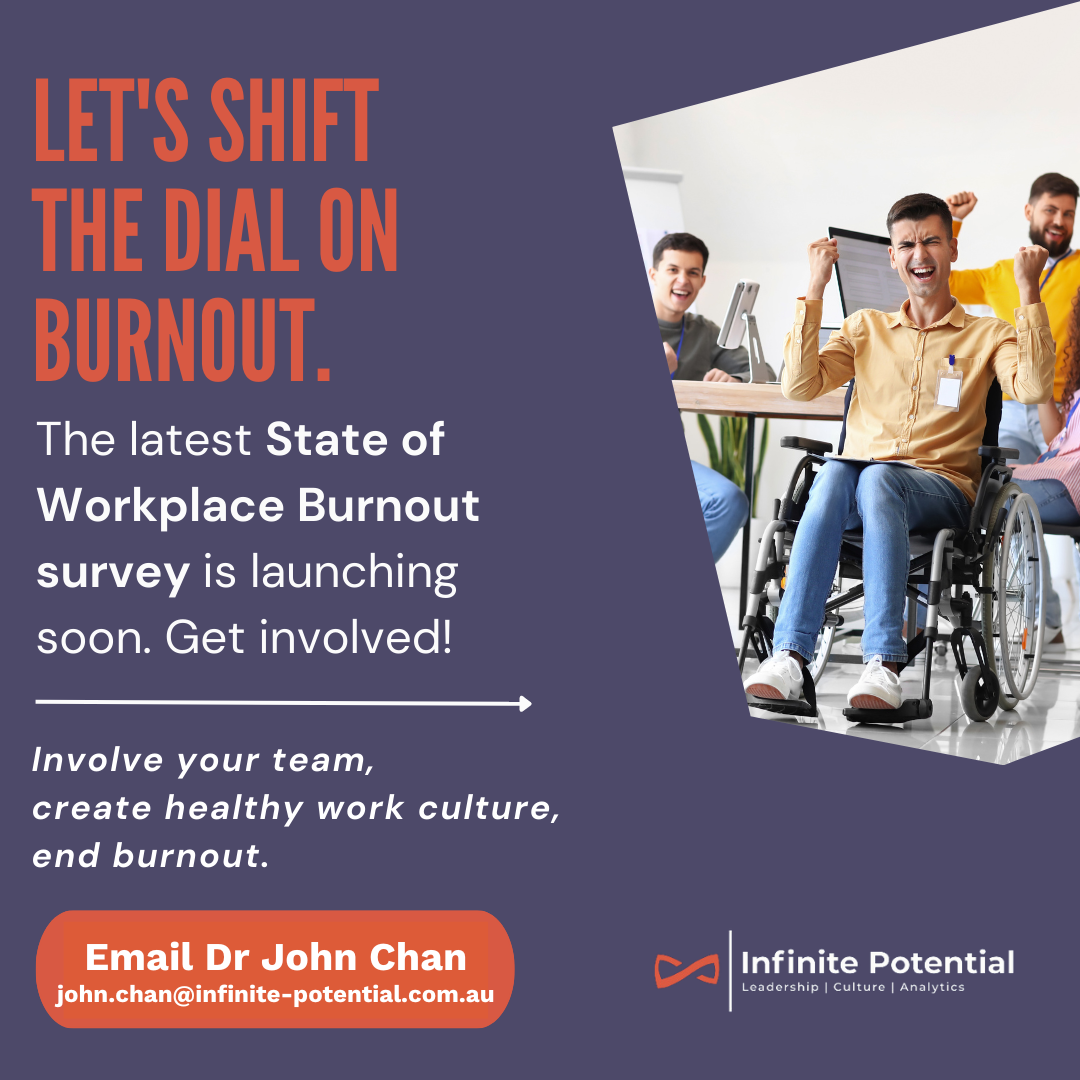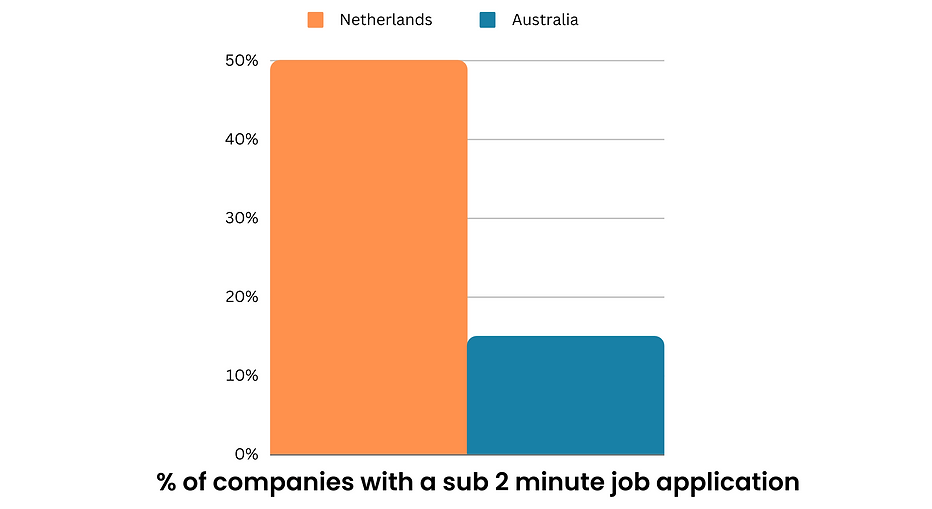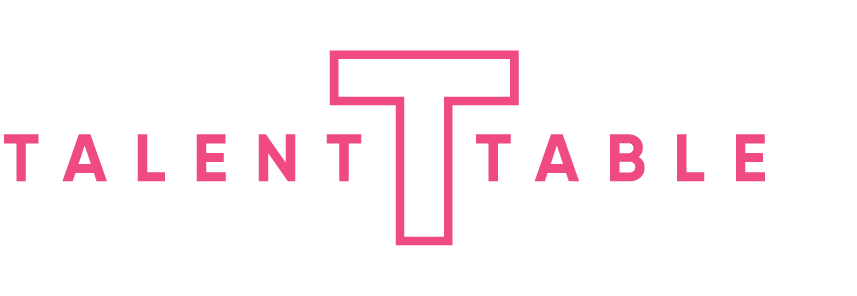Andrea Kirby
The Untapped Superpower in Your Workforce

I have always worked in multigenerational offices. In my early career, I often sought out the mature people and learned from them. When I was involved in the church, spending time with the elders was always time well spent as they regaled me with stories.
Afternoons spent with my grandparents, hearing about life in London during WW2, fascinated me. Experiences that I had and it brought school learning to life! I have always found seeking out the mature people a valuable experience.
Today, I turned 60. I come from a generation that had to buy music four times: first, we replaced our record collections with tape collections, then those with CD collections, and now we need a subscription to listen to music. I remember the first computer on my desk. I was once hired to train people on how to use the internet. Generation X are seen as the most able to adjust to change.
Where we are at:
A demographic shift is happening in Australia, with people leaving rather than entering the workforce.
Mature-age workers bring loyalty, reliability and deep expertise. Yet, biases mean too many organisations are letting them go too early.
One of the reasons could be that many organisations aren’t set up to retain, support, or thrive with older workers.
The Stats
- Workforce age 55+ has more than doubled from ~9% in 1991 to ~19% in 2021. (CEPAR)
- By 2050, workers aged 55+ are expected to make up about 40% of the adult population in Australia. (CEPAR)
- Older Australians (65+) labour-force participation has more than doubled in the past 20 years (≈ 6.1% in 2001 to 15% in 2021). (AIHW)
- Many older Australians are employed part-time; many in managerial, professional, clerical roles. (AIHW)
- Barriers still exist: employer perception, health and caring responsibilities, skills gaps, bias. (Employment and Workplace Relations)
- Employers who hired mature age applicants said their strengths: experience, reliability, work ethic, positive attitude. (Jobs and Skills Australia)
- Participation rate for 55-64 year olds is ~ 69.6%. Unemployment for mature age is low (~2.8%). (Jobs and Skills Australia
- When mature workers lose jobs, it takes them significantly longer to find new ones vs younger cohorts.
Why Retaining Older Workers Matters
As productivity, innovation, and competition grow harder, those with deep knowledge and past lessons can accelerate results. And don’t be fooled by thinking that they have not kept up with technology. I am having a lot of fun teaching myself AI and maintain a keen interest in the future of work.
Many organisations report loss of key skills when older staff leave, but most do
not have strong knowledge capture or succession plans. (Australian Human Rights Commission)
Maturity in your workforce can lead to stability in teams if you retain them. A mature workforce wants what we all want: an interesting job, good pay and a place where they are valued. It can lead to lower turnover, less ramp-up of new hires, better mentoring and knowledge transfer.
We know that diverse teams are more resilient and productive. Blending the generations' knowledge and perspectives can lead to some great decision-making. Using the knowledge gained from experience should not be overlooked.
There is a stronger retention of institutional knowledge, particularly if you create a stronger mentoring culture and smoother succession.
For people looking to join your organisation, it signals real diversity and inclusion, which strengthens the employer brand. As part of our 2026 Career Website Research and Awards, we will be have a strong focus on how companies highlight their generational workforce and talk to potential mature candidates.
And there’s a clear economic upside too. Retaining older Australians in the workforce reduces the costs tied to early retirement and welfare, while boosting the tax base and consumer spending that strengthen our economy. It helps governments ease pressure on pensions, supports GDP growth, and gives businesses continuity by keeping valuable skills and institutional knowledge in play. On top of that, it lowers the costs of constantly recruiting and retraining, and builds more resilient, intergenerational workplaces that are better equipped to adapt to change.
Employers recognise benefits of mature age workers but report barriers: higher wage costs, concerns about physical capability, skills gaps, finding & attracting mature candidates. (Employment and Workplace Relations)
Small/regional firms have more trouble attracting/retaining older workers and are less likely to view employing mature age as a reputation enhancer. (Employment and Workplace Relations)
What Does “Work for Longevity” Look Like?
One of the best ways to ensure longevity is to design work across the career life cycle so older workers can stay, thrive, and contribute.
Some ideas to consider are:
- Inclusive practices
- Reduce bias, ageism early (in hiring, in promotion, in role design)
- Ensure your career website, job descriptions and marketing use inclusive language and images
- Use them as value propositions: what older workers bring to the table.
- Ensure workplace cultures value experience, not just youth or novelty
- Individualised practices
- Flexible hours, job sharing, part-time/full-time mix
- Adjusted roles or responsibilities to match changing health, energy, and life needs
- Ongoing access to training, reskilling, upskilling
- Integrative practices
- Structured mentorship and reverse mentorship
- Knowledge sharing across generations
- Mixed project teams with both older and younger staff
- Flip the script: Age as opportunity, not liability
- Reframe “older” as seasoned, experienced, capable.
- Show that older workers aren’t “winding down” Many are starting businesses, mentoring, or even launching second/third careers.
The Generational Mix: why all ages matter
Today’s workplaces have up to five generations working together, and each brings unique strengths:
- Gen Z: fresh ideas, digital fluency, social conscience.
- Millennials: collaboration, adaptability, purpose-driven thinking.
- Gen X: pragmatism, bridge-builders between old & new.
- Boomers & beyond: deep networks, resilience, institutional memory.
Therefore the learning can (and should) flow both ways:
- Reverse mentoring: younger staff share digital and cultural fluency.
- Traditional mentoring: older staff provide career guidance, resilience, and perspective.
- Cross-gen collaboration sparks creativity by blending fresh perspectives with seasoned judgment.
How Organisations Can Start
- Audit current policies, benefits, and language (job ads, role descriptions) for age bias
- Compare what is versus what could be: So many stats show what’s already working. Then contrast with what’s missing. e.g. lack of agency, lack of training, biases.
- Offer transition or bridge programs for ageing staff to shift responsibilities rather than exit abruptly
- Leadership endorsement: having senior leaders speak about value of older workers
- Create “later-career” pathways: new roles, leadership, mentoring, consultancy, freelancing
A Generational Opportunity
We need to stop treating experience like it has an expiry date. We need to ensure that we have established policies, cultures, and roles that enable older workers to choose how and when they transition. And it’s not just the responsibility of HR.
Give older workers choice, flexibility, and respect and watch them bring resilience, wisdom, and innovation to your workplace.
Experience is earned over decades. The real opportunity lies in creating workplaces where that experience can still grow, guide, and inspire.
The numbers are clear: we can’t afford to waste mature talent. The organisations that thrive will be those that make longevity a core part of their workforce design.


